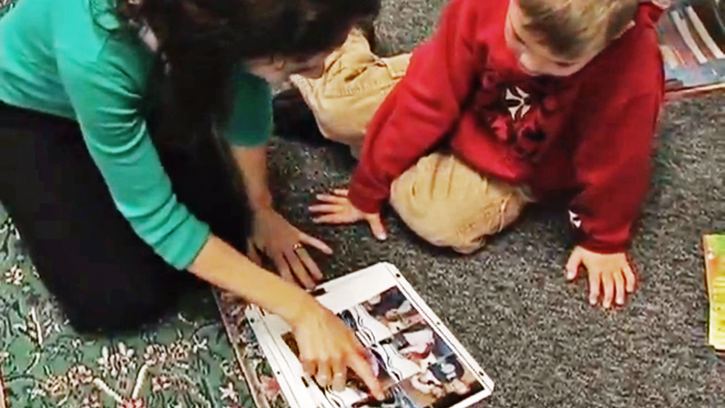|
We read about it all the time – students of lower socioeconomic status (SES) do not perform as well academically as those from higher SES. SES refers to the mix of economic, educational, and social factors that encompass the differences in economic wealth (such as educational opportunity and attainment), social status, and the ability to control aspects of one’s life. Both laboratory and societal research point to early enriched environments as essential to success. They also show that stress, which is often found in households of low SES, can adversely affect cognitive function. Given the wealth of information on the cycle of reduced opportunities for enriched experiences and stress effects on cognitive development, a seemingly basic question would be, “Can we change this cycle? And, if so, how?”
0 Comments
We just added three new clips to the Classroom Clips playlist on our Powerful Teaching and Learning channel. During my teacher preparation program, I first heard the statistic from the National Commission on Teaching and America’s Future that half of all new teachers leave the profession within their first five years. My professor followed up that sobering piece of data with, “Teaching is a profession that eats its young.” Five years later, I’m officially part of that statistic. After four years as a high school English teacher, I left to join The BERC Group. It was a good move for me to come here. Of all the professional development I had during my teaching career (and in my district, we had a lot of PD!), my STAR training stands out as the piece that impacted my instruction the most. As a teacher, nothing helped me more than going into a colleague’s classroom for half an hour. I never failed to glean something from these observations that would later enhance my own practice. I admired the work The BERC Group was doing around Powerful Teaching and Learning, and I wanted to be a part of it.
But I was not prepared for the twin sensations of guilt and relief that overwhelmed me when I left teaching. Guilt because I’d given in. I’d become part of the 50% my professors warned me about. And relief because, during those four years of teaching, my life had turned into a juggling act. I had dozens of balls that needed to stay in the air. Lessons to plan. Students to tutor. Papers to grade. Phone calls to make. Paperwork to finish. Grades to enter. All of these tasks were absolutely necessary – and all of them took place outside of the school day. I was much better at keeping these balls in the air after four years of practice, but they still crashed around my feet more often than I would like to admit. When I left behind my classroom, I also left the constant dread of waiting for that crash to happen. A year later, and I am still processing both of these emotions. Student achievement is higher when the Essential Components of Powerful Teaching and Learning are evident in classroom practices. These components include Skills, Knowledge, Thinking, Application, and Relationships. In observations I have conducted, Application has usually been the lowest scoring component. This means that students are often not given the opportunity to make relevant and meaningful personal connections to their learning. Teachers can quite easily provide opportunities for students to make these connections by incorporating student culture into the classroom.
We just added seven new clips to our Classroom Clips playlist on our Powerful Teaching and Learning YouTube channel.
Did you know we have classroom lessons like the sample clips above - real teachers in real classrooms - available for purchase? You can use them as virtual classrooms for observation, reflection, and improvement.
|
The BERC Blog
SubscribeSign up to get our posts in your inbox.
Recent Articles
Categories
All
Archives
December 2022
|
BAKER • EVALUATION • RESEARCH • CONSULTING
The BERC Group is an independent evaluation, research, and consulting firm focused on putting research into practice. Our mission is to skillfully gather, analyze, and use data to inform, inspire, and improve all learning organizations.


